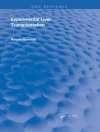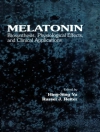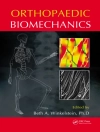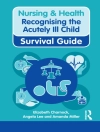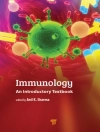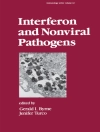More than 20 years ago it was recognized by Stoutenbeek and colleagues that patients in the intensive care unit suffered from infections developed whilst being treated. Moreover, the majority of these infections appeared to originate from bacteria that were acquired in the intensive care leading to pathologic colonisation and overgrowth in the gut, subsequently leading to organ site infections. Selective decontamination of the digestive tract (SDD) is an antibiotic strategy which aims to prevent secondary infections in critically ill patients. This book provides both the scientific rationale and the practical approach to nurses, physicians, pharmacists and microbiologists to design a SDD treatment strategy tailored to each individual patient and the local hospital situation.
Table of Content
The History of Selective Decontamination of the Digestive Tract.- The Concept of SDD.- Infections in Critically Ill Patients: Should We Change to a Decontamination Strategy?.- Gut Microbiology: How to Use Surveillance Samples for the Detection of the Carrier Status of Abnormal Flora.- Compounding Medication for Digestive Decontamination: Pharmaceutical Aspects.- Nursing and Practical Aspects in the Application and Implementation of SDD.- The Effects of Hand-Washing, Restrictive Antibiotic Use and SDD on Morbidity.- The Effects of SDD on Mortality.- Antimicrobial Resistance During 20 Years of Clinical SDD Research.- The Costs of SDD.- SDD for the Prevention and Control of Outbreaks.- Preoperative Prophylaxis with SDD in Surgical Patients.- The Role of SDD in Liver Transplantation: a Meta-Analysis.- Do Burn Patients Benefit from Digestive Tract Decontamination?.- How to Design an Antibiotic Strategy That Respects the Indigenous Flora.






